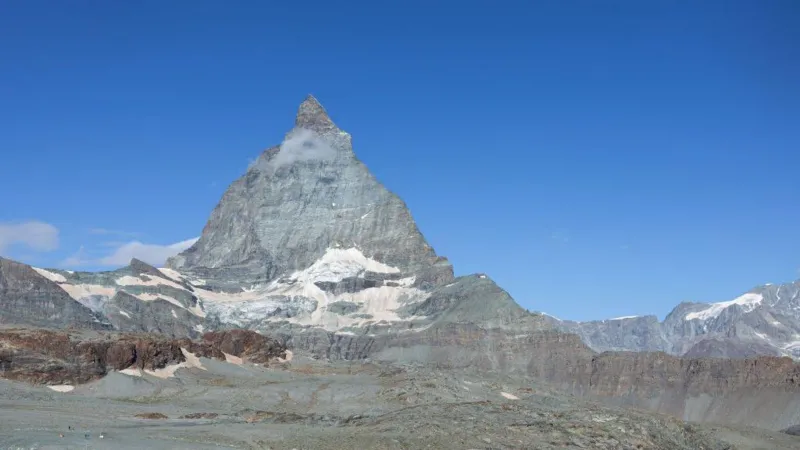A portion of the impacted area is located near many well-known ski resorts and beneath the Matterhorn, one of Europe’s tallest mountains.
Large stretches of the Swiss-Italian boundary are defined by glacier ridgelines or regions that are always covered in snow; nevertheless, due to the movement of these natural borders brought about by melting glaciers, both countries are working to realign the border.
Italy has not yet ratified the agreement on the change, but Switzerland did so on Friday. This comes after a joint Swiss-Italian commission’s draft accord from May 2023.
Switzerland’s glaciers lost 4% of their volume in 2023, the second-biggest loss ever after the record-breaking 6% melt in 2022, according to statistics released in September of last year.
The Swiss Glacier Monitoring Network (Glamos) releases an annual report every year. This year’s report blamed the record losses on two factors: the summers that were exceptionally warm in a row and the extremely low snowfall in 2022. The thaw will only quicken if current weather patterns persist, according to researchers.
Switzerland declared on Friday that the redrawn borders were in line with both sides’ economic interests.
It is believed that defining the borders will make it easier for both nations to decide who is in charge of maintaining particular natural areas.






